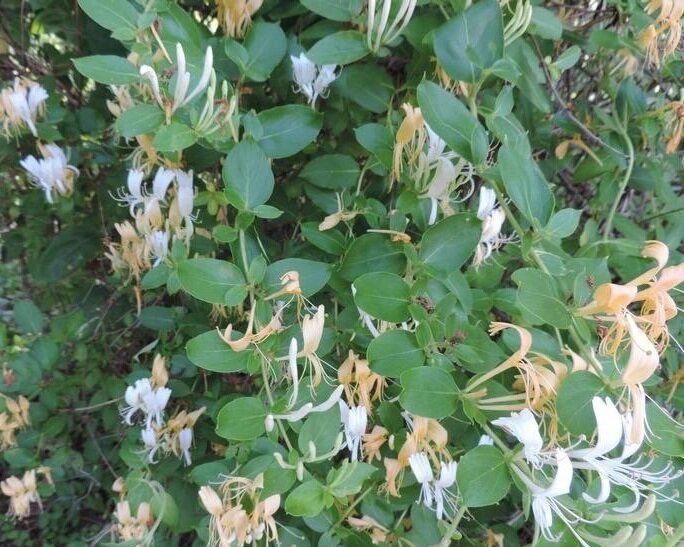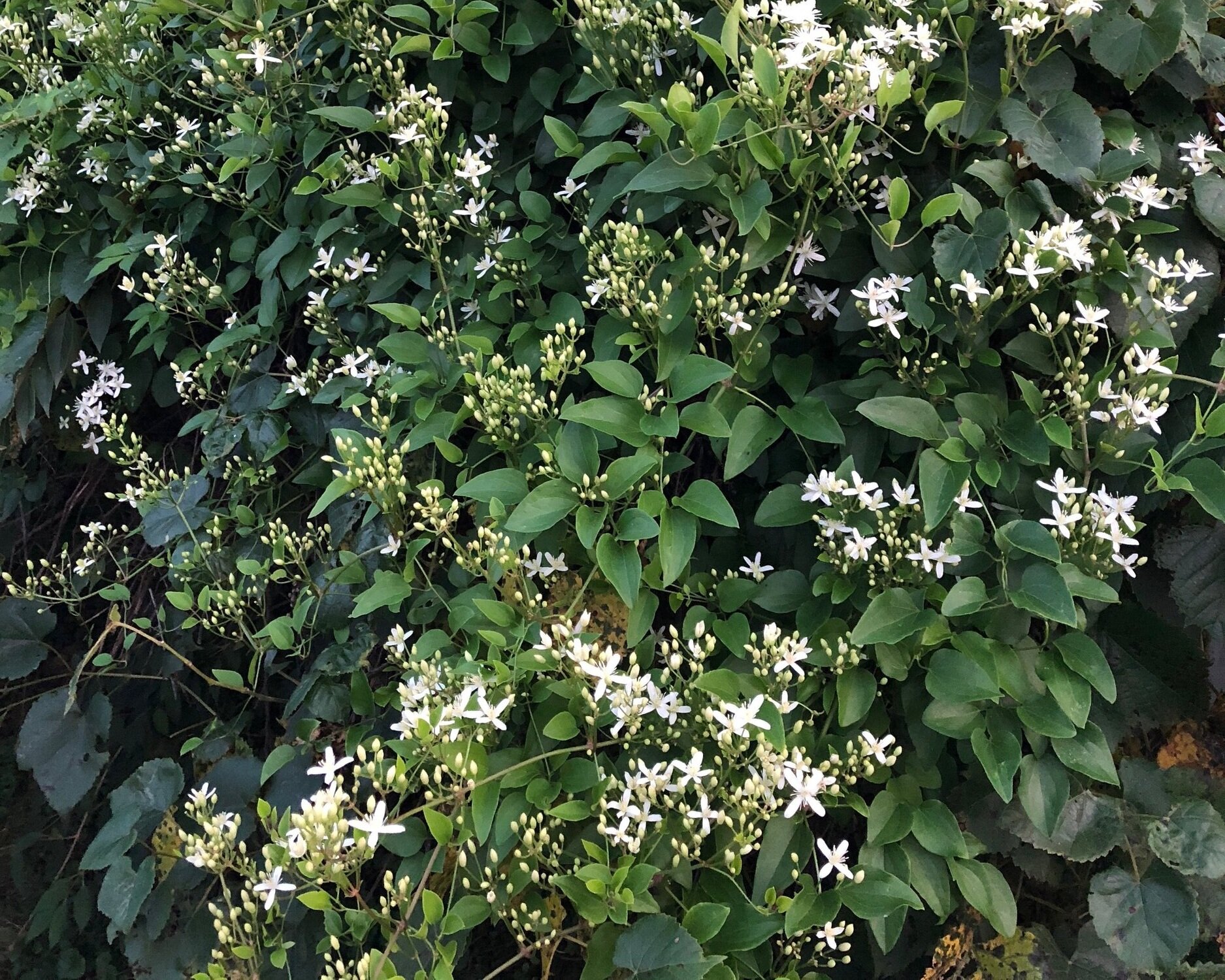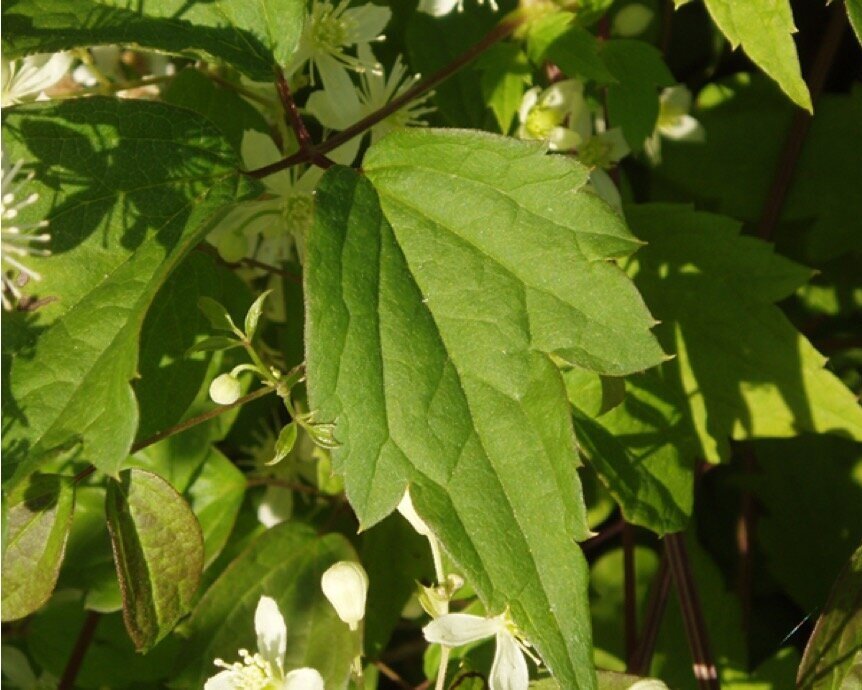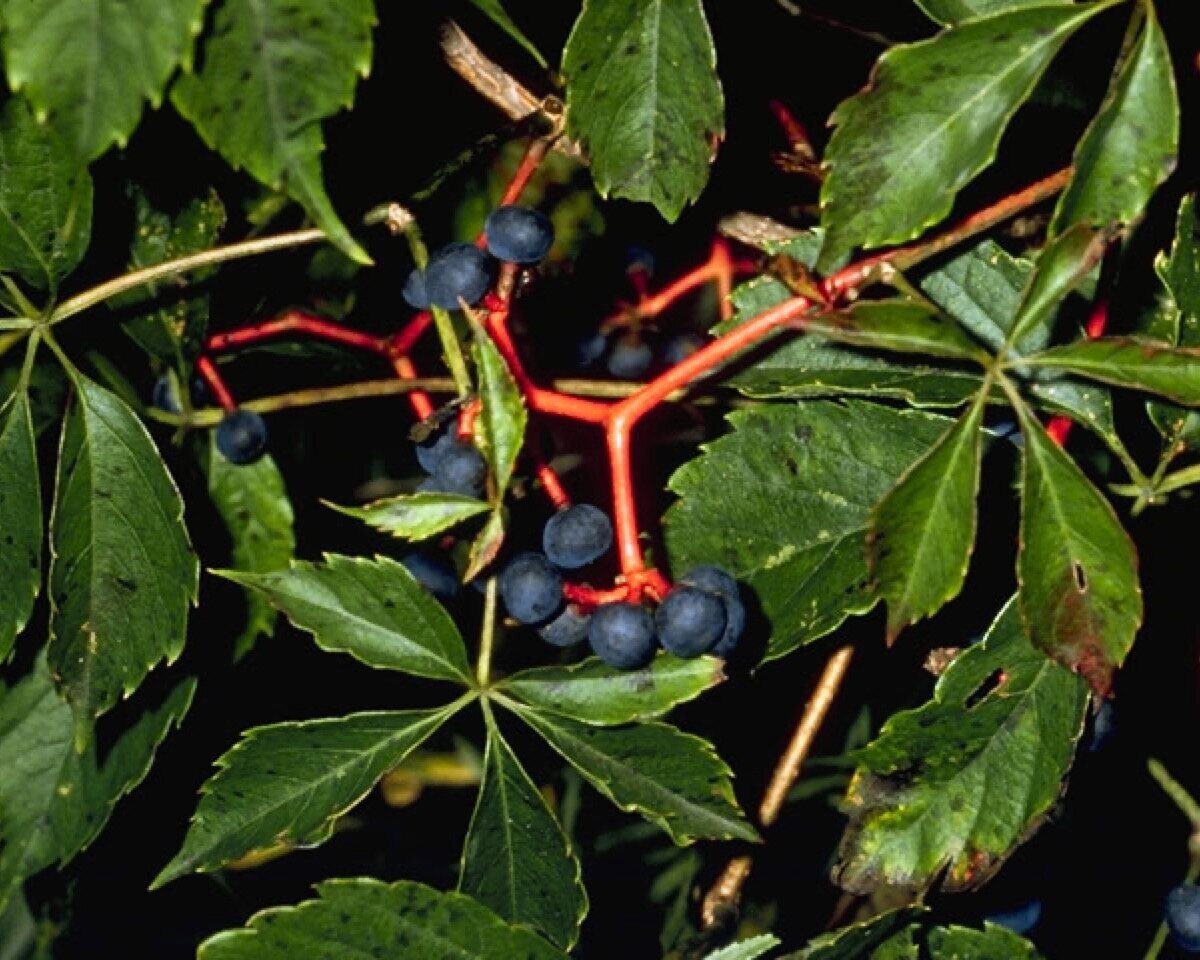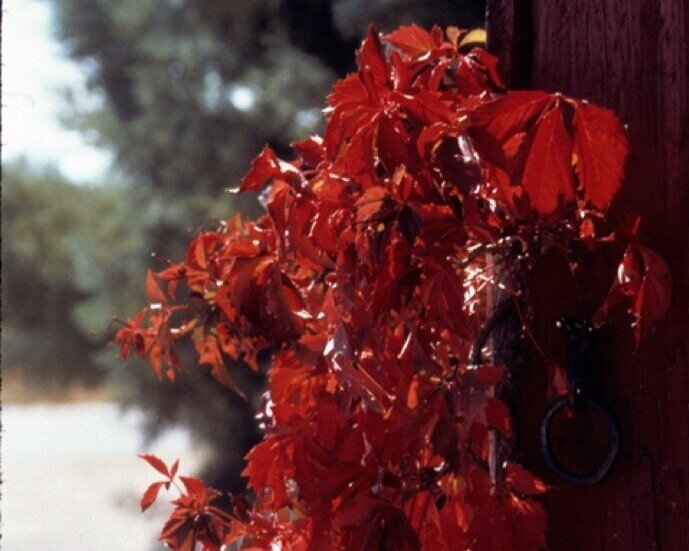INDIANA INVASIVE SPECIES WEEK - DAY 4
SICIM Email
INDIANA INVASIVE SPECIES WEEK, APRIL 19-25, 2020
Reposted from the Indiana Invasive Species Council Blog
Happy Earth Day Everyone!
What an amazing planet! We have seahorses that resemble pieces of kelp and astounding coral reefs that are considered the most productive and diverse ecosystems on our planet. We have thousands of species of birds that delight us with song and color, we have 300,000 plus plants that bring health and joy to us, and so much more. The biodiversity of the planet is immense and it’s what keeps life going. I hope each of you get to take time to enjoy nature near you this week.
I encourage each of you to find time to enhance your and our landscapes by perhaps managing a pesky invasive species that has been nagging you and/or plant a few plants native to Indiana that will bring you joy and help our insects, pollinators, birds, etc. Have a Weed Wrangle® Indiana at home! And if you do please share your success with us online either on the SICIM Facebook Page or with the Indiana Invasive Plant Advisory Committee Facebook Group. We would absolutely love to hear from you! Be sure to include the hashtag #virtualweedwrangleindiana when you share your post.
We are thrilled to watch Carolina chickadees, Eastern phoebes, tufted titmice, and other bird species shred old flower stems for nest material this Spring at our house. Each year I struggle to leave old stems and yet each year I do, I am thrilled that I did. They are mother nature’s architecture and they provide perching locations, nesting material and places for snow or rain drops to land. I find myself photographing those old stems and the organisms that use them more than any other part of my landscape.
I want to remind us to work with our local nurseries and landscape architects, build a rapport with them and ask them to help us enhance our landscapes with native plants. Each of us makes an impact on the health of our planet. Our landscapes are either part of the solution and are living landscapes or quite simply they are part of the problem. And now is a great time to work on our home gardens since we stay-at-home to prevent the spread COVID-19. If you find plants being sold that are on the Terrestrial Plant Rule (TPR), please contact your Indiana State Nursery Inspector so they can work with those nurseries and businesses on your behalf. Our nursery inspectors are working to enforce the TPR with growers and retailers, allowing us to use our time managing our landscapes.
INVASIVE LANDSCAPE PLANT SPOTLIGHT
Regulated terrestrial invasive plant: Japanese honeysuckle (Lonicera japonica)
Non-regulated terrestrial invasive plant: sweet autumn virginsbower or sweet autumn clematis (Clematis terniflora)
Native alternatives for your landscape in Indiana
Vines:
Virginsbower or devil’s darning needle (Clematis virginiana) – pollinator connection: hummingbirds, butterflies and bees – note this plant is poisonous.
Virginia Creeper (Parthenocissus quinquefolia) – pollinator connection: plant is used by 15 moth species and 30 species of birds. This plant is poisonous and should not be grown on your home. Give it a space in the back of your landscape on a sturdy structure or let it grow at the edge of woodland up a tree or post.
Additional resources:
- Dawn Slack, Director of Stewardship with The Nature Conservancy In Indiana
Chair, Invasive Plant Advisory Committee
Project Coordinator, Indiana Invasives Initiative, SICIM
(Background photo of Sweet Autumn virginsbower taking over many acres of a nature preserve by Dawn Slack)

